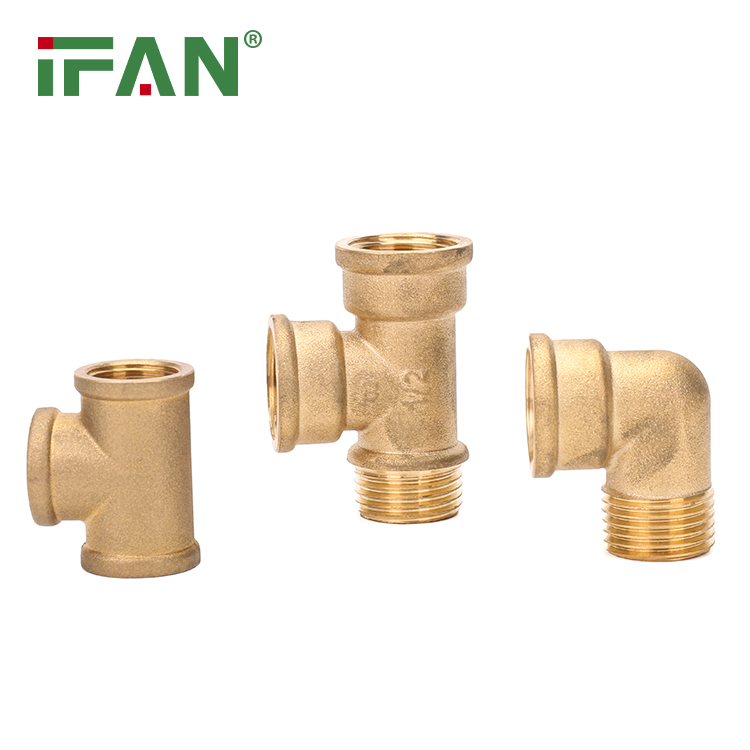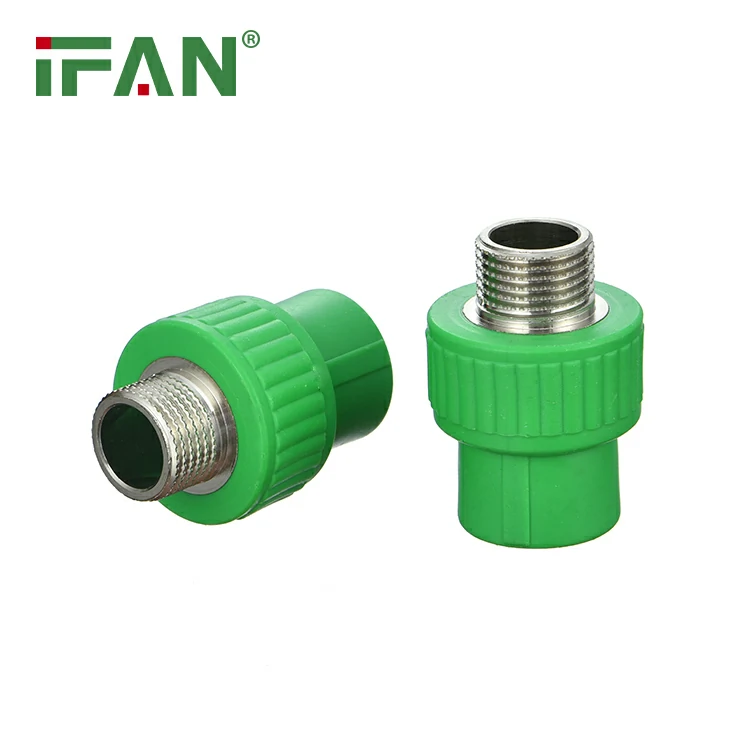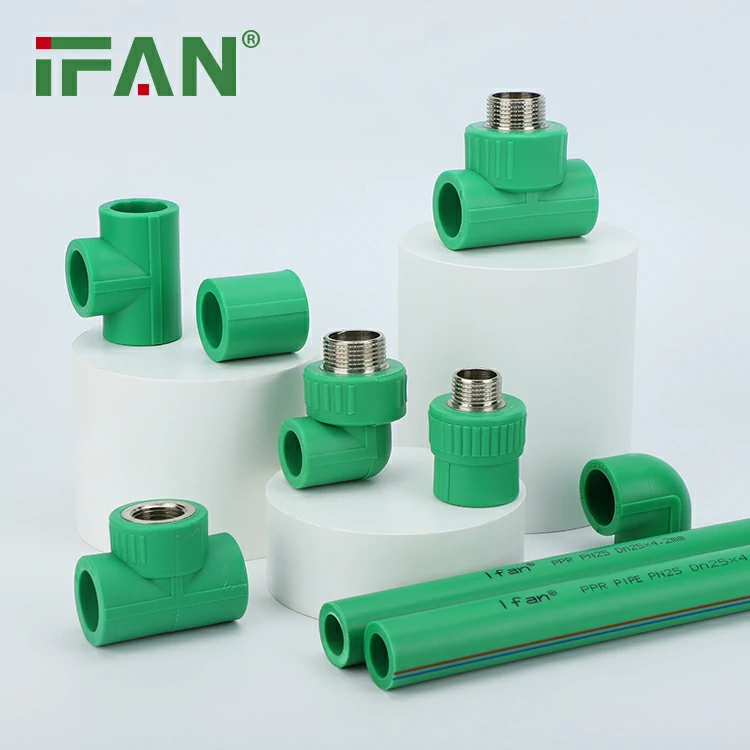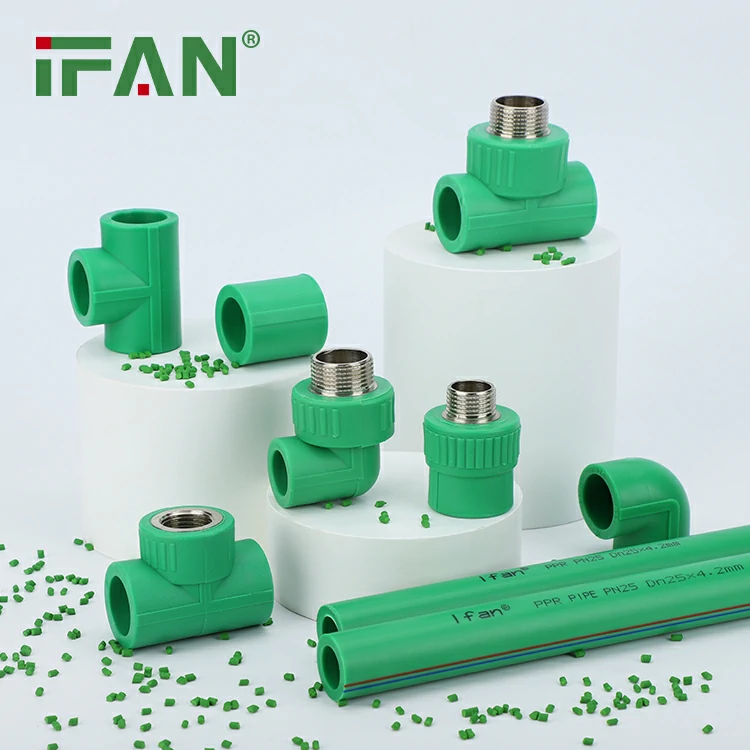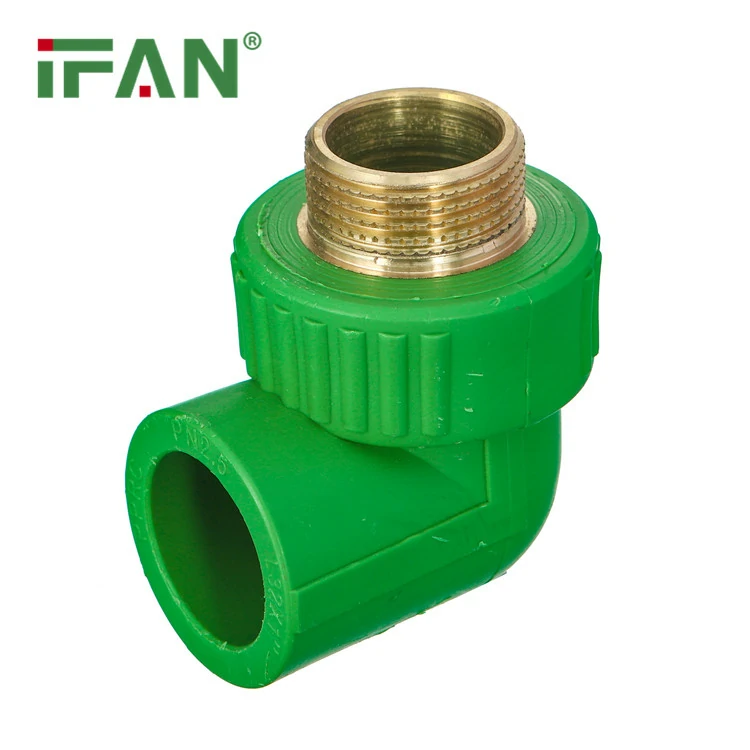Types of Brass Fittings and Their Applications
Brass fittings are widely used in various industries due to their excellent corrosion resistance, durability, and versatility. They are commonly used in plumbing, gas fittings, automotive applications, and industrial settings. Here are different types of brass fittings and their specific applications:
- Brass Compression Fittings: Compression fittings are commonly used in plumbing and gas applications. These fittings consist of a compression nut, a compression ring (also known as a ferrule), and a compression seat. They create a tight seal by compressing the ferrule onto the pipe, ensuring a leak-free connection.
- Brass Barb Fittings: Barb fittings, also known as hose barb fittings, are used to connect flexible hoses or tubing. They have a barbed end that is inserted into the hose and secured with a clamp. These fittings are widely used in irrigation systems, fuel lines, and pneumatic applications.
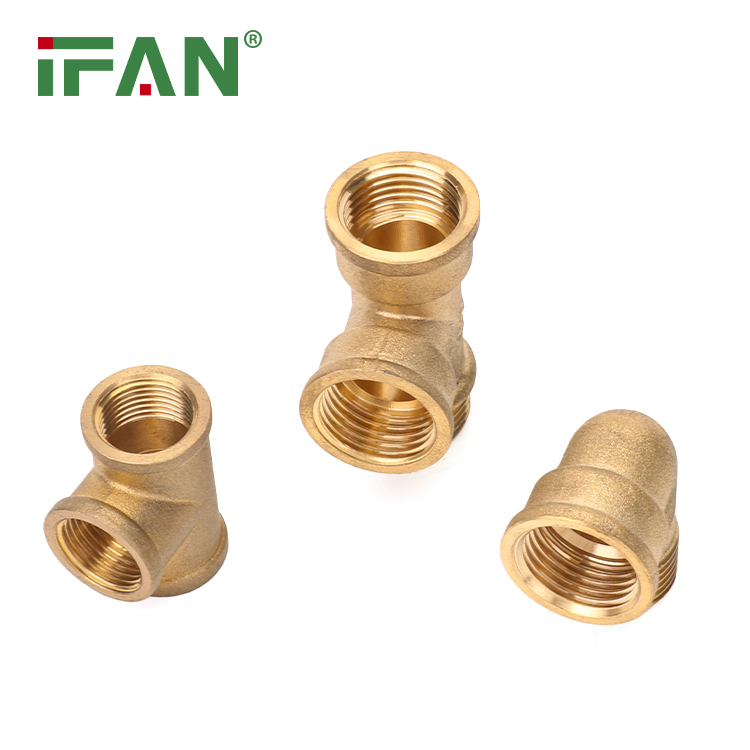
- Brass Push-to-Connect Fittings: Push-to-connect fittings provide a quick and convenient way to connect pipes or tubing without the need for tools or soldering. These fittings have a push-in mechanism that securely holds the pipe in place. They are commonly used in water filtration systems, air compressors, and pneumatic applications.
- Brass Flare Fittings: Flare fittings are commonly used in gas applications, such as connecting gas lines to appliances like stoves and water heaters. These fittings have a flared end that is connected to a flared nut using a flare tool. Flare fittings provide a reliable and leak-free connection for gas lines.
- Brass Pipe Fittings: Pipe fittings are used to connect pipes of different sizes or shapes. They come in various types, including elbows, tees, couplings, and adapters. Brass pipe fittings are commonly used in plumbing systems, heating systems, and industrial applications.
- Brass Threaded Fittings: Threaded fittings have threads on both the inside and outside, allowing them to be screwed onto pipes or other fittings. These fittings provide a secure and leak-free connection. They are commonly used in plumbing systems, pneumatic applications, and hydraulic systems.
- Brass Push-Fit Fittings: Push-fit fittings are similar to push-to-connect fittings but require no tools for installation. They have a push-fit mechanism that securely holds the pipe in place. These fittings are widely used in plumbing systems, including hot and cold water supply lines.
- Brass Quick-Disconnect Fittings: Quick-disconnect fittings provide a convenient way to connect and disconnect pipes or hoses without the need for tools. They are commonly used in applications that require frequent disconnection, such as air tools, paint sprayers, and hydraulic systems.
In conclusion, brass fittings come in a variety of types to suit different applications. Whether you need to connect pipes, hoses, or tubing, there is a brass fitting available to meet your specific requirements. Their durability, corrosion resistance, and ease of installation make them a popular choice in various industries.
